What is Email Marketing and How to Do It Right

As far as digital communication tools go, the soon-to-turn-fifty email has proved to be incredibly resilient. The email managed to survive its misuse for spamming. It went unscathed through the proliferation of instant messaging services. It found an ally in the early attempts at automation.
But email marketing has to be counted for one of the most spectacular displays of email’s ability to survive wave after wave of disruption. No matter how streamlined the Google Ads interface became or how engaging video content got, email marketing firmly holds its place in the marketer’s toolbelt.
If you’re wondering what it is that makes email marketing so great and how you can benefit from it, you’ve come to the right place. In this article, we’ll help you understand:
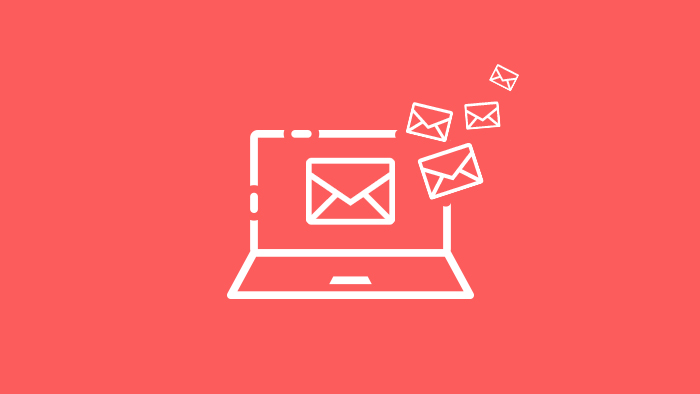
Most sources you can find online would agree that the definition of email marketing is the “use of email to promote a product or a service.” So, when you’re launching a new product, for example, and you send out an email blast, you’re engaging in email marketing — albeit not in a way that’s currently considered the most effective. Sustained campaigns are much more in vogue nowadays.
You might be sending out a newsletter as part of your email marketing strategy, even though a newsletter and a marketing email are two very different things. The newsletter’s all about what’s new, free content, discreet calls to action — if any, and building and maintaining a relationship. A marketing email is much more upfront with its purpose, whether it’s to raise awareness, increase engagement, or simply serve as an entry point to a sales funnel.
In all its forms, email marketing is a direct form of marketing. You’re using email to send direct messages to potential customers as well as the people who are already your customers. In that way, it’s similar to its snail-mail counterpart. Still, email marketing has much better tracking and performance monitoring than regular mail marketing. It can use the full range of digital content and benefit from automation. Lastly, no trees have to be sacrificed to create your emails. That has to count for something.
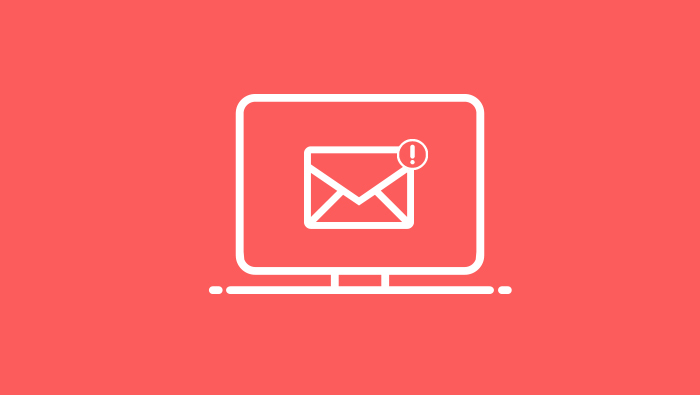
As a marketing tool, the email has to compete against all sorts of digital ads, videos, infographics, and case studies for its place under the sun. And while you can make a strong case that every marketing tool has a set of strengths and weaknesses that make it better suited for some things than other marketing tools, it’s very difficult to disregard the fact that email marketing sometimes looks like a relict in the era of social media marketing, how-to videos, and influencers.
Yet marketers are still very keen on using email marketing. Every now again there’ll be a rumor that email marketing has officially died, and it will last only for as long as it takes to create a decent survey that will inevitably show that marketers are very much in love with email. Here are just some of the things they find appealing that might be reason enough for you to give email marketing a try.
It’s Has an Incredible Reach
The number of email users in the world is expected to exceed 4 billion in 2020. You won’t be able to reach all those people with your email campaigns. But the very fact that half the world’s population has adopted it as a standard tool of communication says a lot about email, and all of it goes in your favor if you use email for marketing. The reach is great, and it’s likely to grow.
It’s Cost-Effective
Writing an email and sending it to thousands of people doesn’t happen without expenses. But the return-on-investment for email marketing is $42 for every $1 you spend. You get a big bang for your email marketing buck. The average cost-per-lead of business-to-business email marketing is lower than that of search engine marketing, using LinkedIn advertising, webinars, and even affiliate marketing. For business-to-customer email marketing, the average CPL is lower than that of display, search engine, and social media advertising.
You Can Personalize Your Emails
We’re way past the point where one-size-fits-all marketing solutions were acceptable. Every audience can be segmented today, and the more you’re able to zoom in and deliver a personalized note, the more meaningful your message can get. With email marketing, segmentation and personalization are never an issue. Even the tools you use are built to help you with things like addressing every person on your email list by their name.
There’s Plenty to Measure and Analyze
The proponents of digital marketing will often cite the ability to easily access all kinds of metrics as one of the best things about advertising online. Email marketing has its own set of metrics you can track and KPIs you can calculate from them, including the open rate, clickthrough rate, bounce rate, conversion rate, the ROI, and the unsubscribe rate.
Email marketing is one of those types of digital marketing that need some time to be done right. It’s not as instant as paid search, display, or even affiliate marketing, where you can get your ad in front of people in a matter of hours. It takes time to do email marketing right. Here are the steps you should go through.
Come Up With a Strategy
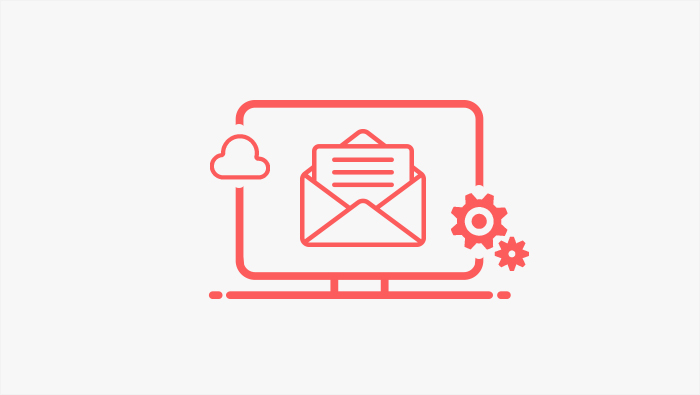
Before you launch your very first email marketing campaign, you must build a strategy for it. Every marketing campaign needs one, but don’t worry — building one is probably easier than you think it is. For starters, maybe find answers to the following questions:
-
Who do I want to communicate with? You should first define your audience. The more you know about them, the better you’ll tailor the messages in your emails.
-
What do I want to say? This will determine the type of campaign you’ll have. Will it be a product launch campaign, or are you doing it to boost customer loyalty?
-
How will I know the campaign is successful? The type of campaign will dictate the goal, and the goal will, in turn, dictate the metrics and KPIs you’ll use to determine the success of the campaign.
-
How will you get people to send emails to? Building an email list is a crucial step, and we’ll cover it shortly.
-
How often will I send the emails? Some campaigns will have you send out emails more often than others. Figure out a frequency early on but adjust on the go if need be.
-
How do I track the metrics? Usually, the email marketing service or tool you use will let you track the metrics you need. Keep that in mind when choosing the service.
If another question comes up — great, write it down and do your best to find an answer to it. The better idea you have about what you want and how you plan to get, the more likely it is you’ll do what you need to succeed.
Build Your Email List
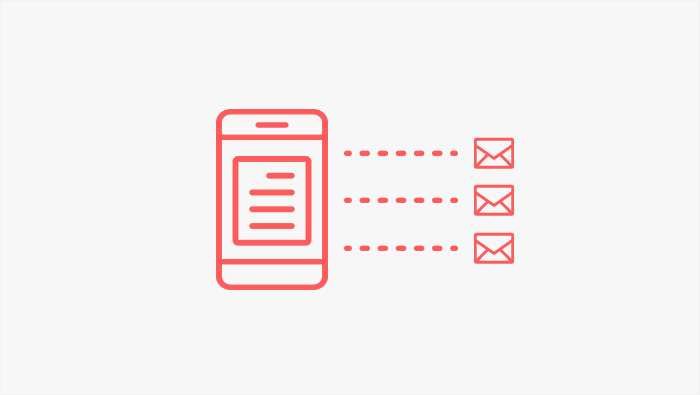
An email list — a list of email addresses of people who have agreed to receive your emails — is the foundation upon which you’ll build a successful email marketing campaign. Without it, there wouldn’t be email marketing as such — it’s that important. Which is why you must put in all you got into creating it.
The only problem with email lists is that they tend to take some time to grow. But that’s just something you’ll have to live with if you want to use email marketing. To grow your email list the right way, you should:
-
Avoid buying email lists. Only the people who want to receive your emails should receive your emails. Not that there’s anything wrong with cold calling — it’s just that this isn’t it.
-
Create a good opt-in form. These days, there are plenty of excellent plugins for building opt-in forms of your own, so you have no excuse for skipping this essential step. Better yet, you can use a full-suite lead gen service such as LeadQuizzes and get benefits that extend beyond mere opt-in form creation.
-
Don’t ask for people to provide too much information or do any nonessential action. Ask for what you need. Keep copy relevant. Create a good CTA button.
-
Offer an incentive. It can be access to an ebook, a promise of timely and relevant newsletter content, or any other kind of useful asset. Use it and see a lead magnet in action.
-
Experiment a bit. You don’t have to go overboard, but building a few different landing pages, or trying out different pop-up opt-in configurations might do wonders.
You must remember that you should only use email addresses that people have given you freely with the purpose of receiving future communications from you. You want to engage in email marketing, not set up a spam email campaign.
Find a Good Email Marketing Service
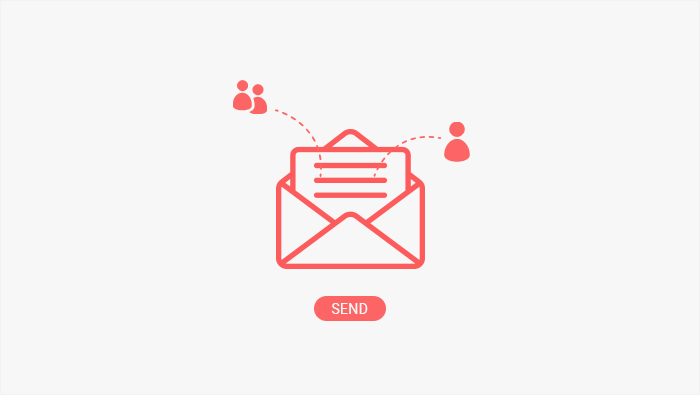
Although you don’t have to send emails one at a time, you should also expect a bit more than bulk emailing from your email marketing service. Services such as Outlook or Gmail are perfectly well suited for regular email, but they will not suffice when it comes to sending out marketing emails.
You should be prepared to pay for a good email marketing service somewhere down the line. And to make sure you get your money’s worth, you should expect your email marketing service to:
-
Facilitate compliance with relevant regulations, including GDPR and CAN-SPAM
-
Come with a CRM platform with applicable segmentation rules
-
Do as much work as possible through automation, as long as it’s practical
-
Have the ability to test, monitor, and report on important metrics and KPIs
-
Appear trustworthy and doesn’t have any known conflict with ISPs
Your email marketing service can be an invaluable aid in your campaigns if you choose it well. If you don’t, it can easily become an endless source of frustration. The time you invest in finding the email marketing service that fits your needs the best will eventually pay itself off in time you don’t have to spend doing menial tasks.
Create the Emails

Email marketing can be as simple as sending an email with a couple of lines of text followed by a call-to-action. And not that minimalism doesn’t have its place in email design, but you should consider going for something more elaborate if you want your emails to land well and do their job.
Some of the things you should consider when creating emails are:
-
Segmentation options — whether you can send different kinds of emails to people on your email list that meet specific criteria.
-
Building templates — you don’t have to start every batch of emails from scratch, and make sure that your templates are responsive.
-
Personalization options — things like adding names in subject lines and using other specific information when possible can increase the success of your emails.
-
Avoiding spam filters — words such as “click here” and “order now” might trigger spam filters, so you better avoid using them.
-
Think about the content — your emails can contain text, photos, audio, and video content, but make sure to optimize it well.
-
Testing — you can create emails with slight differences you can then use for A/B testing to improve specific KPIs.
You should keep the contents of your emails on point. People don’t have a lot of time to devote to reading your emails. Practicing a good content economy would ensure that you only include what serves the specific purpose of your emails, and nothing else.
Launch!

When you have a clear strategy, a decent email list, a good marketing service, and a batch of emails ready to go, there’s little more to do than to launch your campaign. But even though it’s the culmination of all the effort you’ve poured into email marketing, it’s still not time for you to rest.
As your campaign unfolds and data starts coming in, you’ll want to monitor and analyze the performance of your emails. If there are some tweaks you can make to improve it, you should do so. But even if there are no pressing concerns you should address, you’ll still be in for a round or two of analysis after the campaign is done. Even if you did everything right and your campaign was a resounding success, you should still know exactly what worked and why so that you can replicate it on your next campaign.
Let’s Wrap It Up!
The real reason why so many marketers are using email marketing is that it simply works. It costs next to nothing to get started with creating a marketing list. Email marketing is malleable enough to serve several different purposes, and thanks to the ability to do A/B testing, marketers have plenty of chances to fine-tune their emails to get the best possible results.
Sure, at some point you’ll have to invest some money into email marketing, so it’s not completely free. But with the great return-on-investment it offers, it’s still one of the best marketing options out there, especially if you have a small or fledgling business. So, look at it this way — you can’t really afford to not give some type of email marketing a try.




